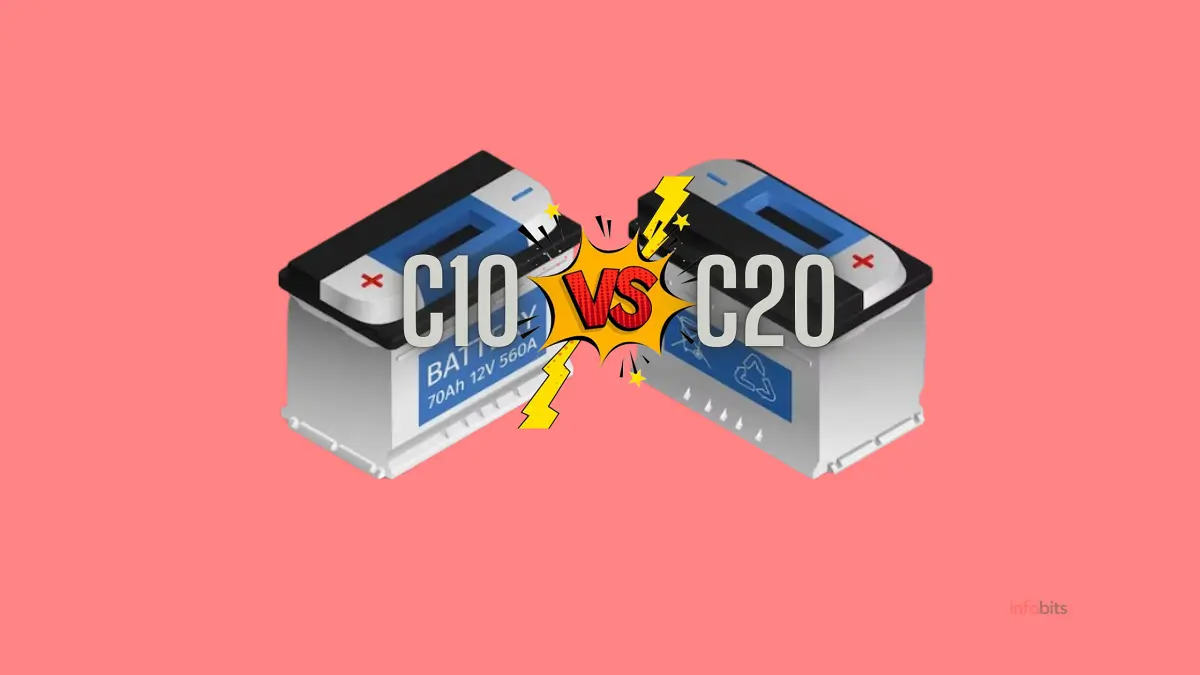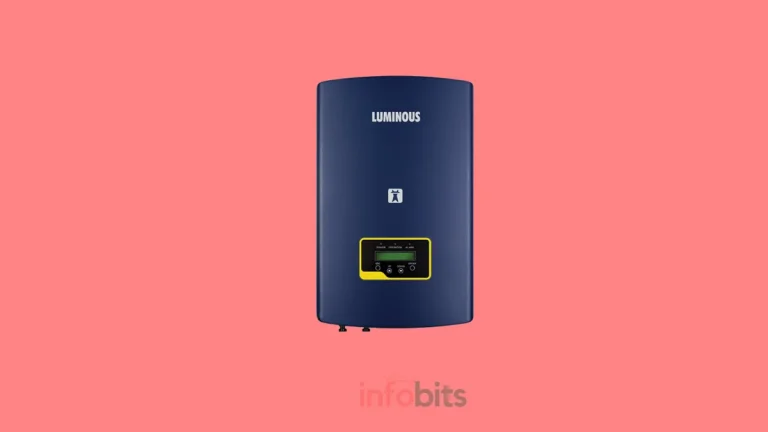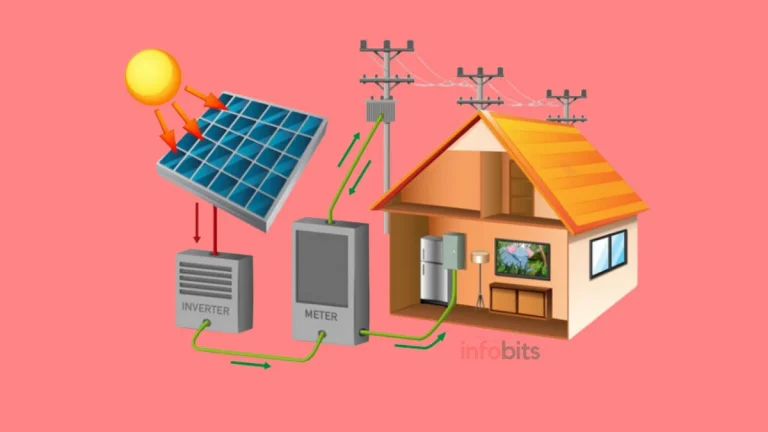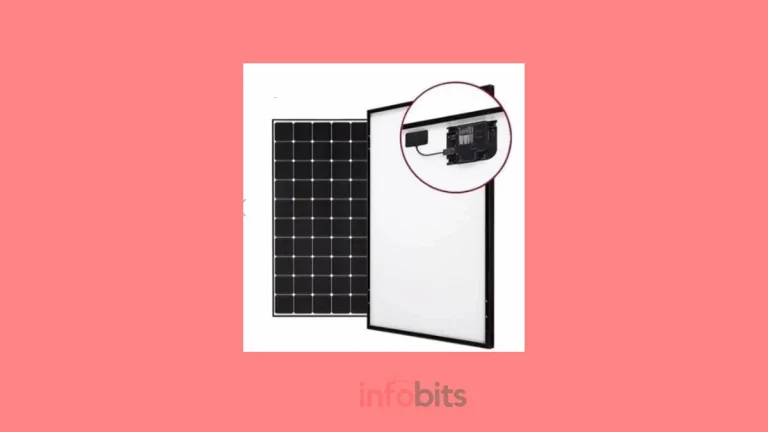Comparing C10 vs C20 Batteries for Inverters: Which One is Good?
Understanding the capacity and performance of lead-acid batteries for inverters is critical in assessing if they are suitable for certain applications.
C10 and C20 batteries are two commonly used battery types in this regard. In this post, we’ll look at the differences between C10 and C20 batteries, as well as their benefits and drawbacks, and how to choose the best battery for your specific needs.
By diving into issues such as capacity, performance, maintenance, and cost, we want to give you vital insights that will help you make an informed selection between C10 and C20 batteries.
So, let’s have a look at the key features of these batteries to see which one best meets your needs.
Understanding the Basics of C10 and C20 Batteries
What are C10 and C20 Batteries?
You may have come across terms like C10 and C20 batteries while looking for a new battery, but what exactly do they mean?
They relate to the pace at which a battery’s capacity is measured and the time required to drain the battery.
Simply put, C10 and C20 batteries are classified according to how long they can supply a continuous electrical current before reaching a specific discharge level.
The “C” in C10 and C20 stands for “capacity,” and the number denotes the number of hours it would take for the battery to fully drain at a certain current rate.
Importance of Battery Capacity and Performance
Battery capacity and performance are critical considerations when selecting the best battery for your needs.
The capacity of a battery defines how long it can power your device before needing to be recharged, whereas performance refers to the battery’s ability to produce the needed power.
Understanding battery capacity and performance characteristics is critical for selecting the appropriate battery for your application.
Whether you’re using it for your inverter or solar power system, having a battery that satisfies your power requirements is critical for smooth operation.
Key Differences: Comparing Capacity and Performance
Definition and Calculation of Battery Capacity
Battery capacity is the quantity of electric charge a battery can store and deliver over time. It is often measured in ampere-hours (Ah).
The bigger the capacity, the longer the battery will last before needing to be recharged. To calculate battery capacity, multiply the current (in amps) by the time (in hours) required for the battery to drain entirely.
For example, a 100-Ah battery can supply a continuous current of 10 amps for 10 hours before being discharged.
Comparison of C10 and C20 Battery Performance
The fundamental difference between C10 and C20 batteries is their discharge rates.
A C10 battery is intended to discharge over 10 hours with a greater current, whereas a C20 battery discharges over 20 hours with a lower current.
Let me explain in more detail.
Assume we have one 100Ah C10 and one 100Ah C20 battery. The C10 battery may be drained at a current rate of 10 A in 10 hours. However, the C20 battery can only be exhausted with a 5 A current rating for 20 hours.
The variation in discharge rate impacts the battery’s overall capacity and performance. C10 batteries have a greater current discharge capacity rating than C20 batteries with the same Ah capacity.
This implies that a C10 battery is capable of generating more power in a shorter period, making it ideal for applications that demand high-energy bursts and rapid power delivery, particularly solar applications.
C20 batteries, on the other hand, are better suited to applications that demand a slower discharge rate and longer working periods while using less current.
Application Considerations: Selecting the Right Battery for Your Needs
When picking between a C10 and a C20 battery, you must examine your individual application needs.
Consider how much power you require, how long you expect the battery to survive, and what discharge rate would be appropriate.
Understanding these aspects will allow you to make an informed decision and choose the best battery for your requirements.
Whether you’re utilizing the battery in an off-grid power system, aligning the battery’s capacity and performance to your power demands provides maximum battery performance and life.
Pros and Cons of C10 Batteries
Now that we’ve covered the basics of C10 and C20 batteries, let’s go further into the advantages and disadvantages of C10 batteries in particular.
Pros:
- Higher capacity rating, giving more power in a shorter time.
- C10 batteries may withstand larger discharges without harm.
- They have a larger reserve capacity, which allows them to deliver power for longer periods before needing to be recharged while consuming less current than their rating.
- Ideal for applications with high energy demands and fast power bursts.
- Capable of handling large loads and short-term power needs efficiently.
Cons:
- Shorter overall runtime than C20 batteries.
- If not managed correctly, a greater discharge rate might result in quicker battery depletion.
- The price is higher than the C20 battery.
Understanding the pros and cons of C10 batteries allows you to determine whether they meet your individual demands and usage patterns.
Consider your power requirements and weigh them against the advantages and drawbacks before deciding on your battery.
Pros and Cons of C20 Batteries
C20 batteries, often called continuous-cycle batteries, have their own set of benefits and drawbacks. Let’s have a closer look.
Pros:
- C20 batteries are less expensive than C10 batteries and offer constant power production during low-current discharge applications.
- C20 batteries can be utilized for a variety of applications that do not require severe discharge.
Cons:
- Slower charge and recharge times. This might be a disadvantage if you require short turnaround times between usages.
- C20 batteries are bigger and heavier than standard C10 batteries. This may be an issue if you have limited space or if portability is crucial to you.
Maintenance and Longevity: Tips for Extending Battery Life
Taking care of your battery is critical to ensuring its longevity and peak performance. Here are some maintenance guidelines to keep in mind:
- Regular charging: Even if you don’t use your battery regularly, it’s still necessary to keep it charged. Regular charging helps avoid sulfation, which can degrade battery capacity over time.
- Avoid deep discharges: Even though C10 batteries are built for deep discharge, it is still best to avoid completely draining the battery whenever feasible. This can assist in increasing its longevity.
- Proper storage: If you need to store your battery for a lengthy amount of time, keep it in a cool, dry area. Avoid subjecting it to severe temperatures, since this might impair its effectiveness.
- Check electrolyte levels: If your battery is lead-acid, it should be checked and maintained regularly. Make sure they fall within the manufacturer’s suggested range.
- Clean terminals: Inspect and clean the battery terminals regularly to maintain excellent electrical connections. Corrosion, or accumulation, can disrupt the flow of electricity.
Remember, appropriate maintenance is essential for getting the most out of your C20 battery and increasing its longevity.
Cost Analysis: Evaluating the Price-to-Performance Ratio
To make a wise choice on battery costs, examine the price-to-performance ratio. Here are some things to consider:
- Initial cost: C10 batteries are often more expensive than standard C20 batteries. However, their deep discharge capabilities and extended lifespan make them a more cost-effective option in the long term.
- Duration of use: If you need continuous high power for an extended period, such as in off-grid applications, C10 batteries’ longer duration justifies their higher cost.
- Individual requirements: Consider your power requirements. If you simply need brief bursts of power, a standard C20 battery may work. However, if you want consistent high power for an extended period, purchasing a C10 battery is a sensible decision.
- Return on investment: Determine the entire worth of the battery. Calculate the increased runtime or power from a C10 cell vs. a standard C20 battery, and measure it against the price difference.
Finally, the cost analysis should take into consideration your specific needs and long-term objectives.
Conclusion: Making an Informed Decision for Your Battery Requirements
After reviewing the primary differences, advantages and drawbacks, maintenance suggestions, and cost analysis of C10 and C20 batteries, it is evident that choosing the proper battery necessitates a thorough assessment of your unique needs and objectives.
While C10 batteries have certain advantages regarding bigger capacity, C20 batteries excel at maintaining consistent performance over time at lesser capacity.
A C10 battery is better if you need frequent high-power output over long periods, such as for renewable energy systems or off-grid applications. Its capacity to withstand deep discharges and longer discharge durations makes it a dependable choice.
However, if you just require a battery for infrequent or brief bursts of power or if its bigger size is not a problem a standard C20 cell may be more suitable.
Finally, the decision between C10 and C20 batteries will be determined by considerations such as the intended use, available budget, and desired lifetime.
By making an informed decision based on these factors, you can guarantee that your battery fulfils your needs and provides consistent power when you need it most.
Remember that every battery requires regular maintenance and care to preserve its longevity and best performance. You may select the best battery option for your needs by following the advice offered and assessing your requirements.
Frequently Asked Questions
The primary difference between C10 and C20 batteries is their capacity and performance. C10 batteries are designed to supply more capacity in a shorter amount of time, making them ideal for applications that demand a burst of power. In contrast, C20 batteries have a lesser capacity but deliver more consistent and sustained performance over a longer period.
Choosing the appropriate battery type is determined by a variety of parameters, including the unique application, power needs, and intended lifetime. C10 batteries may be better suited to applications requiring brief bursts of power. However, if you need a battery for applications that demand continuous and maintained power for an extended period, such as solar power systems or backup power supplies, C20 batteries may be a better option.
Yes, various maintenance techniques can assist in increasing the life of C10 and C20 batteries. These include frequent inspections, cleaning of the battery connections, avoiding overcharging or deep draining, periodic cell equalization, and adhering to the manufacturer’s maintenance and storage requirements. By following regular maintenance procedures, you may improve the performance and longevity of your batteries.
The cost of C10 and C20 batteries varies depending on brand, capacity, and quality. C10 batteries often have a higher initial cost due to their increased capacity and ability to give short bursts of power. C20 batteries, on the other hand, may be less expensive initially, but they may take more cells to obtain the same level of performance as C10 batteries. When comparing C10 and C20 batteries, it is advised that you analyze the price-to-performance ratio as well as long-term costs.
We hope you are interested in our articles and consider following our Facebook, Instagram, and Twitter pages for regular updates.
Subscribe to our free newsletter to get similar articles and regular updates directly in your Email Inbox.
Also, share this article with your friends and relatives. Bookmark this page for future reference.
You May Be Interested to Read:
- The Ultimate Guide to Lead Acid Battery BMS: Everything You Need to Know
- Best Inverter Battery for Home Use in India: An Ultimate Guide
- How to Charge the Inverter/UPS Battery Efficiently?
- Lithium Battery Advantages in Inverter and UPS Systems
- How to Select the Right Inverter and Battery for Home in India?







